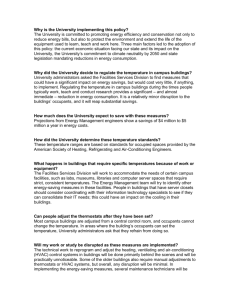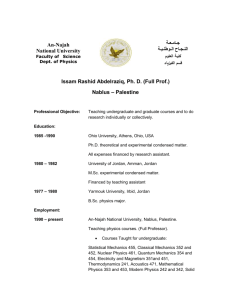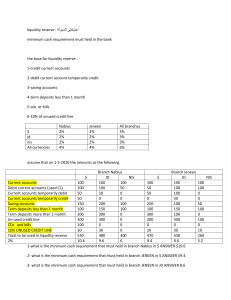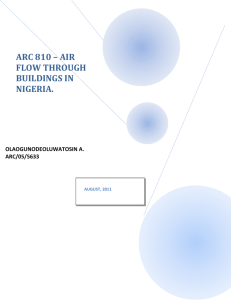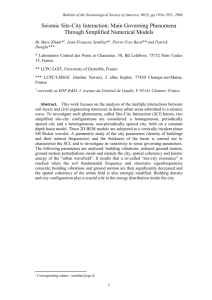proposal
advertisement
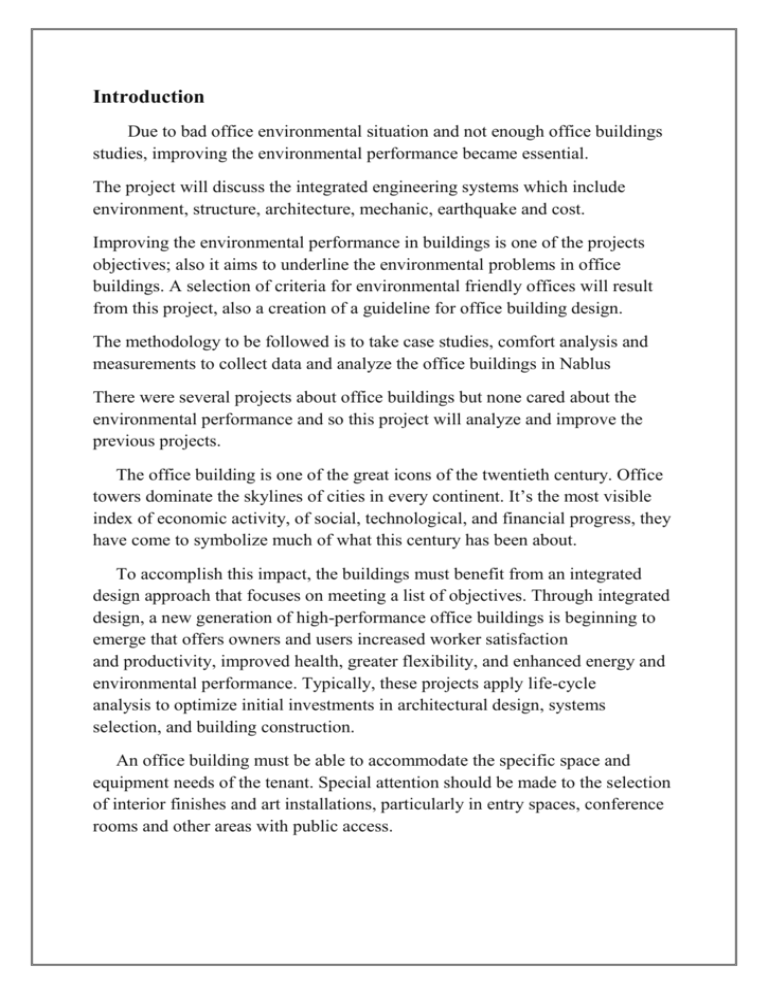
Introduction Due to bad office environmental situation and not enough office buildings studies, improving the environmental performance became essential. The project will discuss the integrated engineering systems which include environment, structure, architecture, mechanic, earthquake and cost. Improving the environmental performance in buildings is one of the projects objectives; also it aims to underline the environmental problems in office buildings. A selection of criteria for environmental friendly offices will result from this project, also a creation of a guideline for office building design. The methodology to be followed is to take case studies, comfort analysis and measurements to collect data and analyze the office buildings in Nablus There were several projects about office buildings but none cared about the environmental performance and so this project will analyze and improve the previous projects. The office building is one of the great icons of the twentieth century. Office towers dominate the skylines of cities in every continent. It’s the most visible index of economic activity, of social, technological, and financial progress, they have come to symbolize much of what this century has been about. To accomplish this impact, the buildings must benefit from an integrated design approach that focuses on meeting a list of objectives. Through integrated design, a new generation of high-performance office buildings is beginning to emerge that offers owners and users increased worker satisfaction and productivity, improved health, greater flexibility, and enhanced energy and environmental performance. Typically, these projects apply life-cycle analysis to optimize initial investments in architectural design, systems selection, and building construction. An office building must be able to accommodate the specific space and equipment needs of the tenant. Special attention should be made to the selection of interior finishes and art installations, particularly in entry spaces, conference rooms and other areas with public access. The Project: Site Analysis: Site Properties: Nablus Station Meteorology will be considered as the source of the information when calculating thermal analysis and analyzing and the climate conditions. The site is situated at latitude of 31.7° and a longitude of 35.5° and 533m rise above sea level. Climate: We can describe Nablus climate as a hot and dry summer, moderate and warm in winter. Average temperature ranges between 15C° in winter and rise to 27C° during the summer, the average rainfall of up to 239 mm annually. Table 1.1: Climate Conditions in Nablus City. Climate Condition Mean of Air Temperatures (1995-1975) (Co) Mean of Maximum Air Temperatures (1995-1975) (Co) Mean of Minimum Air Temperatures (1995-1975) (Co) Rainfall Quantity (1997-2008) (mm) Mean Relative Humidity (1983 -1969) (%) Evaporation Quantity (1984 -1973) (mm) Value 17.6 21.6 13.6 647.44 61 1,681.0 Soil: Due to Hijjawi Construction Labs we can describe the soli for this location that the general soil formation within the depths of the borings consists mostly of hard rock of slightly fractured limestone formations exposed on the surface. Ground water was not encountered within the depths of the drilled boreholes, and no fixed ground water table was observed. No cavities or other kinds of weaknesses were observed within the depths of the borings. With soil bearing capacity = 1.7 Kg/cm Site Plan










